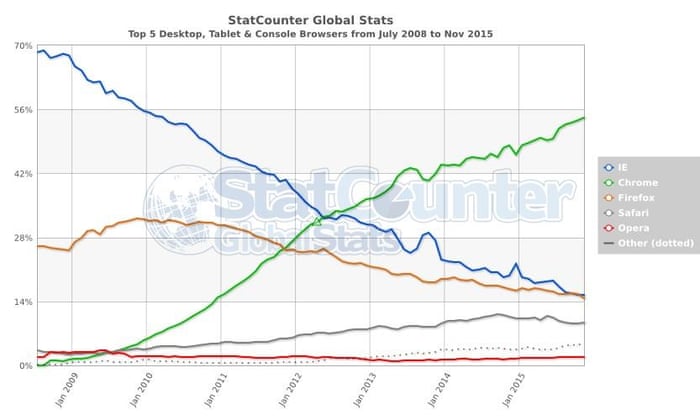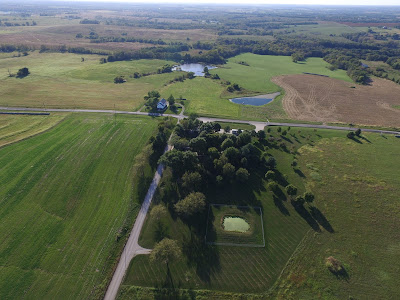At the FairMormon conference, Brant Gardner made this comment about the North American setting:Q1: What are the reasons you dismiss the mid-America theory of the Book of Mormon?
A1: We don’t have enough time to go through all of that. Let me give you just a couple of quick ones. The things that look really good about the Central American United States, Mississippian area in the Book of Mormon is that those dates seem to line up and you can get a Jaredite date and you can get a Nephite date. The problem is even though the dates work, the geopolitical differences do not, because you remember that the Book of Mormon says that we have to have Jaredites that aren’t anywhere near Nephite lands until about 200 A.D. The problem is the Adena who are of the Jaredite age were in all of the Hopewell sites and they were the precursors of the Hopewell and so the geopolitical things just don’t match. So you get some really interesting stuff, but nothing actually fits when you really dive down. It’s sort of the kind of problem you have when I was looking at Quetzalcoatl, there’s a lot of stuff that looks like it might fit but when you get into the details, you say oh, that wasn’t as good as what I thought. And that’s kind of what happens with that one.
To his credit, Brant clarified that he was only giving "a couple of quick ones." Here's my take.
I think the 200 A.D. idea is a fallacy to begin with. I've seen one explanation based on the idea that when Limhi's explorers found the remains of the Jaredites, including the plates but also the weapons, the weapons were rusty, and they couldn't have been too old or they would have rusted away completely. But that's not Brant's rationale, thankfully.
Here's how Brant arrives at his conclusion (from p. 391 of Traditions of the Fathers).
"I place the end of the Jaredites in the Late Formative period, 300 B.C.-A.D. 1, specifically around 200 B.C., which is after the end of the Olmec domination. I see the devastating wars of annihilation in Ether as part of the aftermath of the Olmec political collapse.
"Support for dating the collapse of the Jaredite polity later than Sorenson's suggestion of around 550 B.C. is Coriantumr's stay in Zarahemla. Coriantumr was the last Jaredite king and stayed with the people of Zarahemla for "nine moons" (Omni 1:24). I hypothesize that the people of Zarahemla had cultural and linguistic ties with the Jaredite homeland it was those ties, however far in the past, that were the reason that the refugee Coriantumr would set off toward their city and also why they would give him sanctuary.
"The early history of the people of Mulek suggests that they had participated in Olmec culture to the point of adopting that language and religion and losing their own (Omni 1:17). When a group split off and moved up the Sidon River Valley to Zarahemla, they might reasonably retain some connection, if only sporadic trade connection, with that ancestral homeland. From the fact that both the city and the rule at Mosiah's arrival were named Zarahemla, I deduce that they had only recently relocated and that the city was named for the founding leader. Thus, Coriantumr may have lived with them perhaps less than fifty years before Mosiah's arrival.
"Therefore, I use 200 B.C. as an approximate death date for Coriantumr and his contemporary Ether and therefore as a plausible anchor for the generational chronology."
That's good reasoning and analysis, but I don't think it fits the text.
__________
To begin with, it's unfortunate that Martin Harris lost the manuscript, which included the first two chapters of Mosiah. Mosiah 1 is actually Mosiah 3. Consequently, we're left with the brief overview in Omni.
Brant assumes that the city of Zarahemla was founded by a group that split off from the rest of the Mulekites, but Omni 1:15-16 says "the people of Zarahemla came out from Jerusalem... and were brought by the hand of the Lord across the great waters, into the land where Mosiah discovered them; and they had dwelt there from that time forth." Of course, it's possible that they although they dwelt in "the land where Mosiah discovered them," they could have moved around within this land. But Zarahemla was the capital, not an outpost. Zarahemla was the ancestral homeland, not a recently founded city. Instead of a 50-year-old city being named after its founder, Zarahemla, the text seems to imply that Zarahemla was the name of the original settlement, which dated to around 550-600 B.C., as Sorenson suggested (albeit for the wrong reason, as Brant explains).
Brant cites verse 17, which states that "their language had become corrupted; and they had brought no records with them, and they denied the being of their Creator, and Mosiah, nor the people of Mosiah, could understand them." There's no suggestion here that their language was related to the Jaredites. It seems more plausible that their language could have been corrupted by the influence of the Phoenicians who brought them to America. It's also possible that they encountered other vestiges of the Jaredite civilization as Brant implies, but in this case, the account of Coriantumr doesn't make much sense. Presumably the "large stone... with engravings on it" was written in the Jaredite language. If the people of Zarahemla were using that language, why would they not be able to interpret the stone?
The engravings on the stone "gave an account of one Coriantumr and the slain of his people." We're not told if the stone was discovered independently of the visit of Coriantumr, but the text implies as much. (It's also interesting that in the entire history of the Book of Mormon, only a single stone with engravings is mentioned. It's difficult to think of a more direct contrast to a Mesoamerican setting.)
Coriantumr "was discovered by the people of Zarahemla." The text doesn't say that Coriantumr sought them out. (FWIW, I think Coriantumr, after realizing Ether's prophecies had been fulfilled, was on his way to the site of the New Jerusalem that Ether had also prophesied about, which is in Missouri, and he was traveling along the "narrow strip of wilderness" or the Ohio/Mississippi/Missouri river system when the people of Zarahemla found him.)
Consequently, nothing in the text requires, or even suggests, a 200 B.C. death date for Coriantumr. The people of Zarahemla could have encountered Coriantumr at any time after their arrival in the land they never left--the land where Mosiah found them.
This changes Brant's analysis substantially. The text also explains that the Nephites had two migrations: first they left Laman and went up to the land of Nephi, and second, they went down into the land of Zarahemla. For hundreds of years they stayed in the general area of Nephi, as the people of Zarahemla stayed in their local area. The presence of Jaredite remnants, or Adena remnants, throughout the Midwest would not conflict with the text.
At some point, I hope to see more of Brant's argument on this point.

















